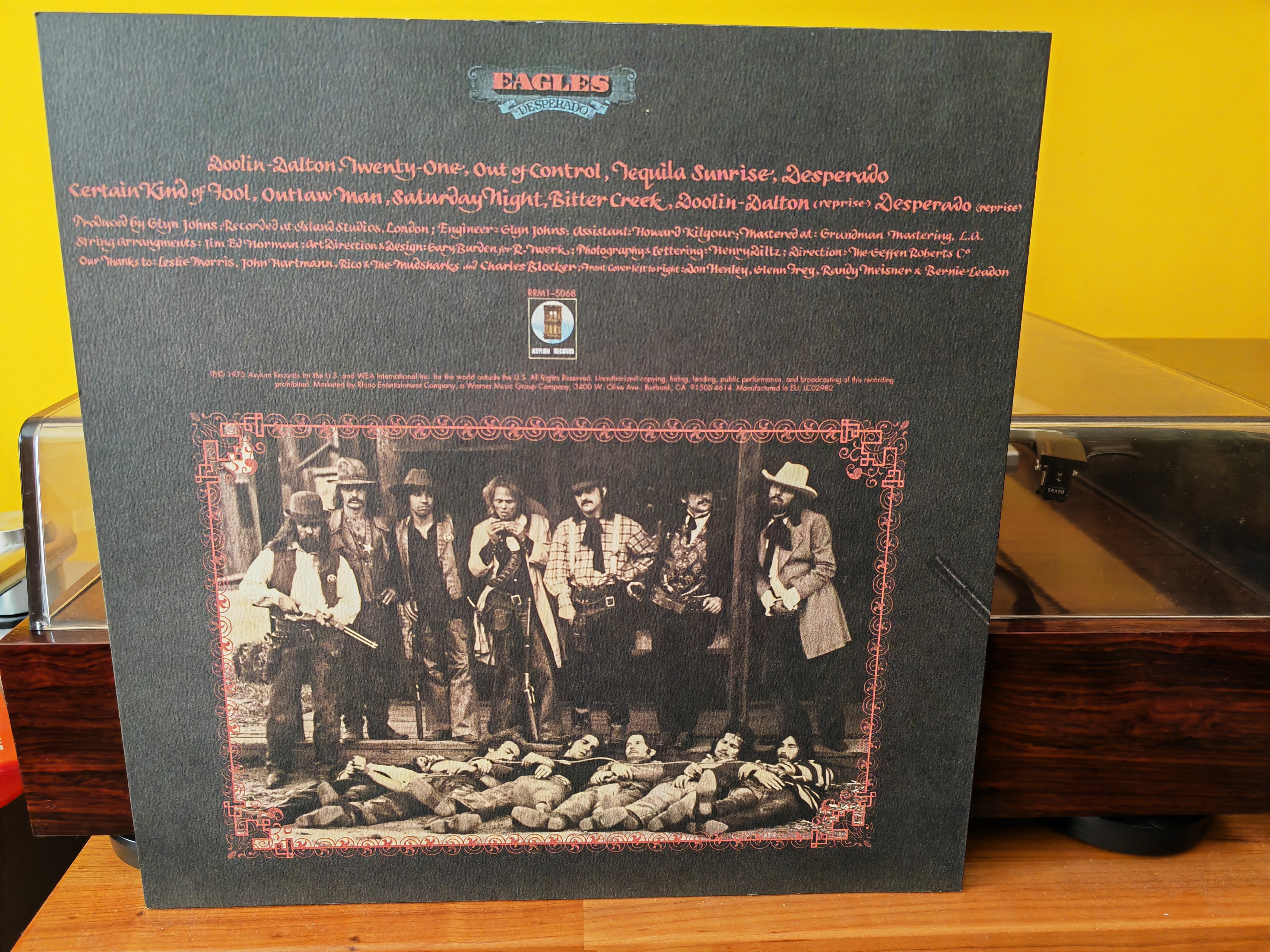

In 1869 a Colonel James Coffey formed a settlement in Indian territory creating an Indian trading post. Two years later a railway stop was added there on the Leavenworth, Lawrence & Galveston Line, connecting the small but growing town to other markets and business along the route. The railway company posted a surveyor (Napoleon B. Blanton) to set out the town layout. Naming of the town was settled by the toss of a coin between Col. Coffey and U.S..Army Capt. Blanton. The name agreed on was Coffeyville in 1873.

My wife Sue and myself were planning a road trip in 2017, the route to be NYC down to Charleston South Carolina before going west into Oklahoma, North to Wichita and Kansas City. Then flying home from NYC after a four-week tour.
While searching Google maps from the I 40 up to Wichita a place named Coffeyville kept drawing my eye and I found myself with a line from a song in my head “four men lie dead in Coffeyville” (song- Doolin, Dalton).
It was from an Eagles LP called Desperado that I’d played many times. Themed on a band seeing themselves as outlaws on the road, it turns out that some of the songs do have an uncannily close connection with the Dalton gang
Surprised and intrigued the stop was added to our list of visits. So that’s why we went to Coffeyville.
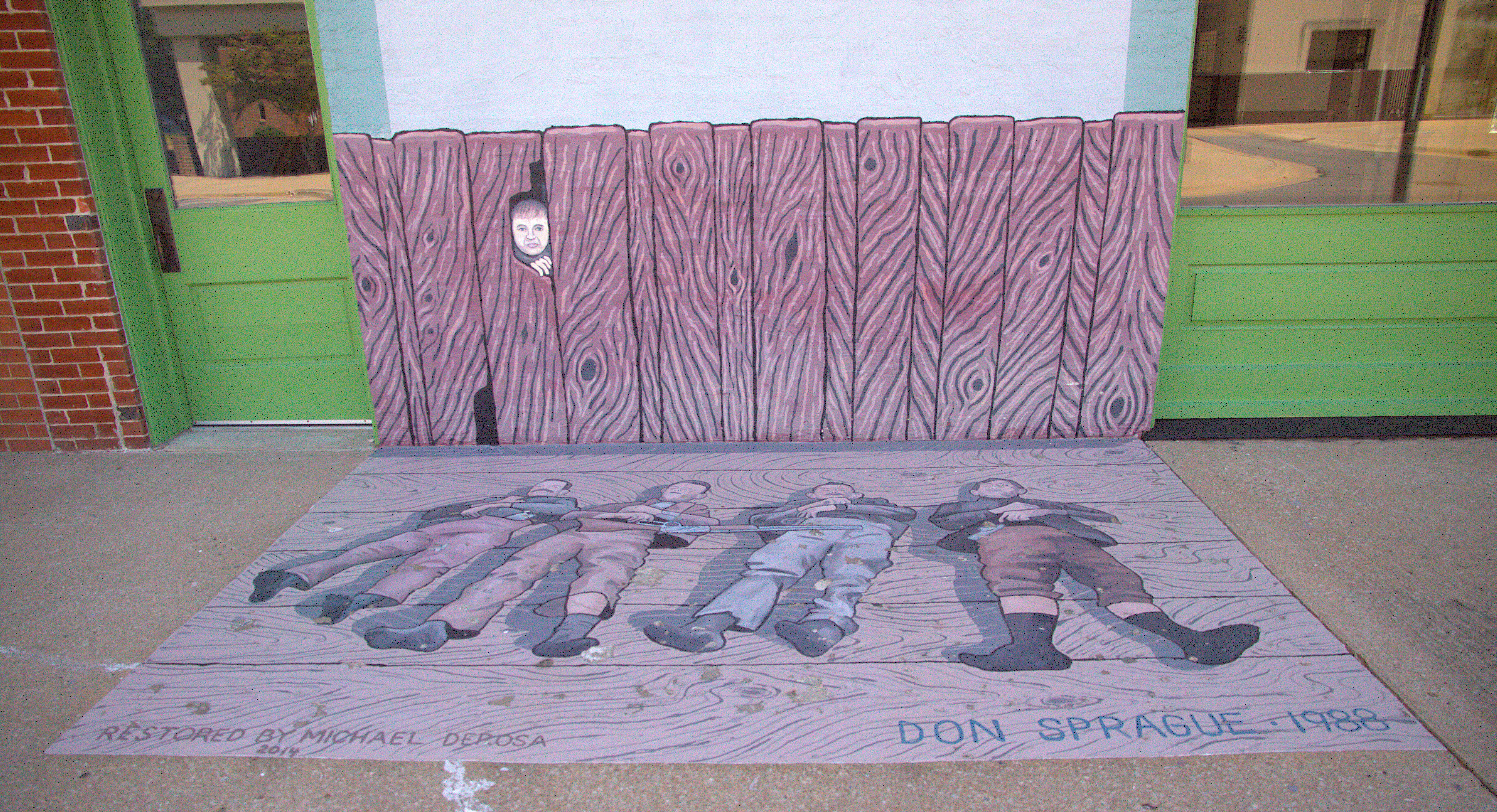
There was ample parking on S. Walnut, so once that was done, we headed to the C.M. Condon Bank, scene of one of the two Bank raid attempts by the Doolan gang on October 5th, 1892. It was a grand looking building coloured light grey and pale green. Walking around the corner was a painted mural. On the wall was an image of a plank fence with a knothole through which a young boy peered while below on the walkway the four slain Dalton gang members appeared laid out, displayed for all to view.
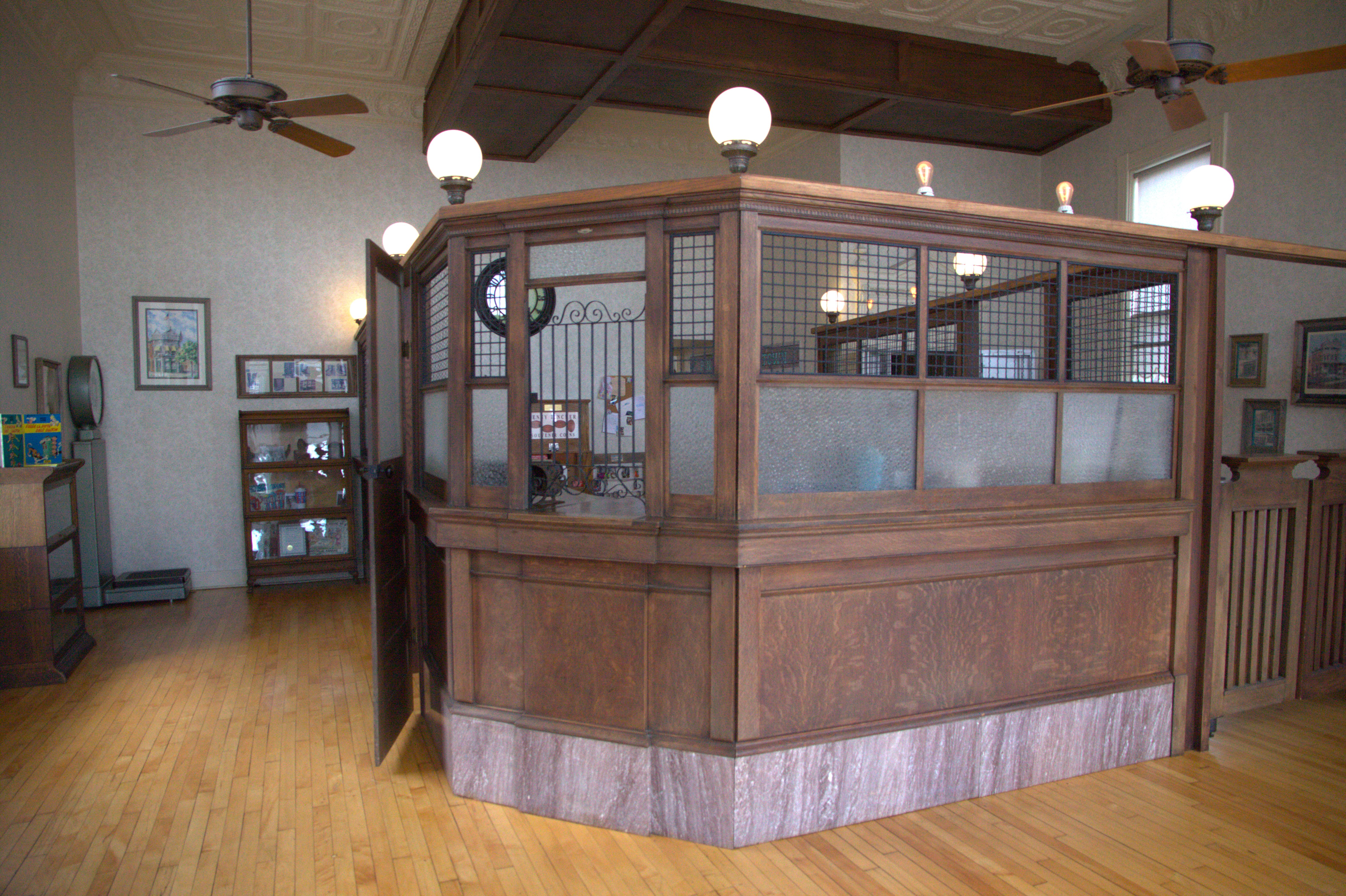
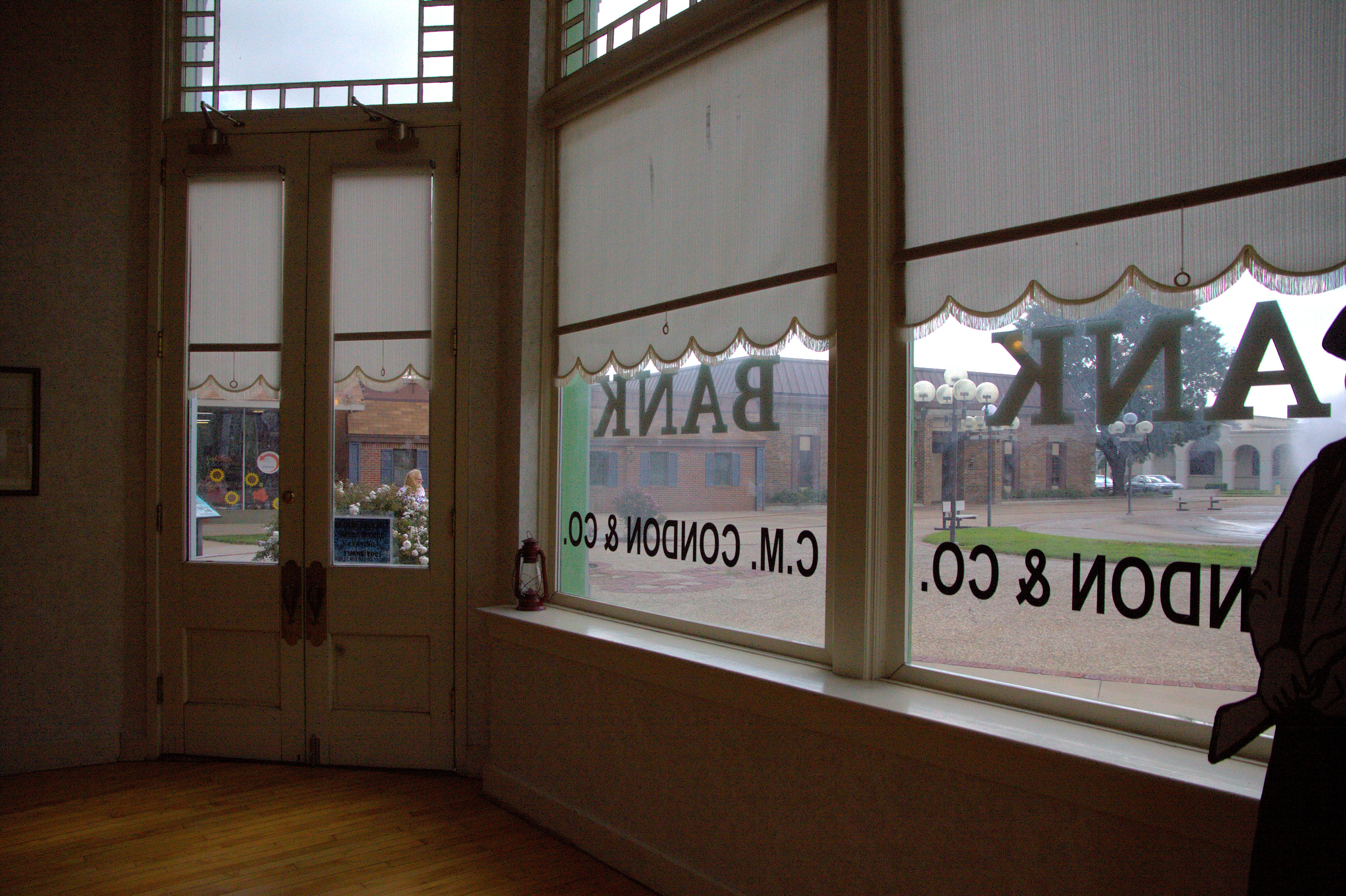
The entry to the building was beside the mural and we entered into what was the staff area of the bank, so looking out through their eyes visualising what they would have seen as the three-armed gunmen probably stormed through the front doors. Being the only ones there gave us time to absorb the feel of the place and then walking around to the customers area on the other side of the counter. There were some photos on the wall and a cardboard cut-out of a man holding a shotgun, otherwise it was quite bare. Leaving the bank we crossed the road to Death alley.
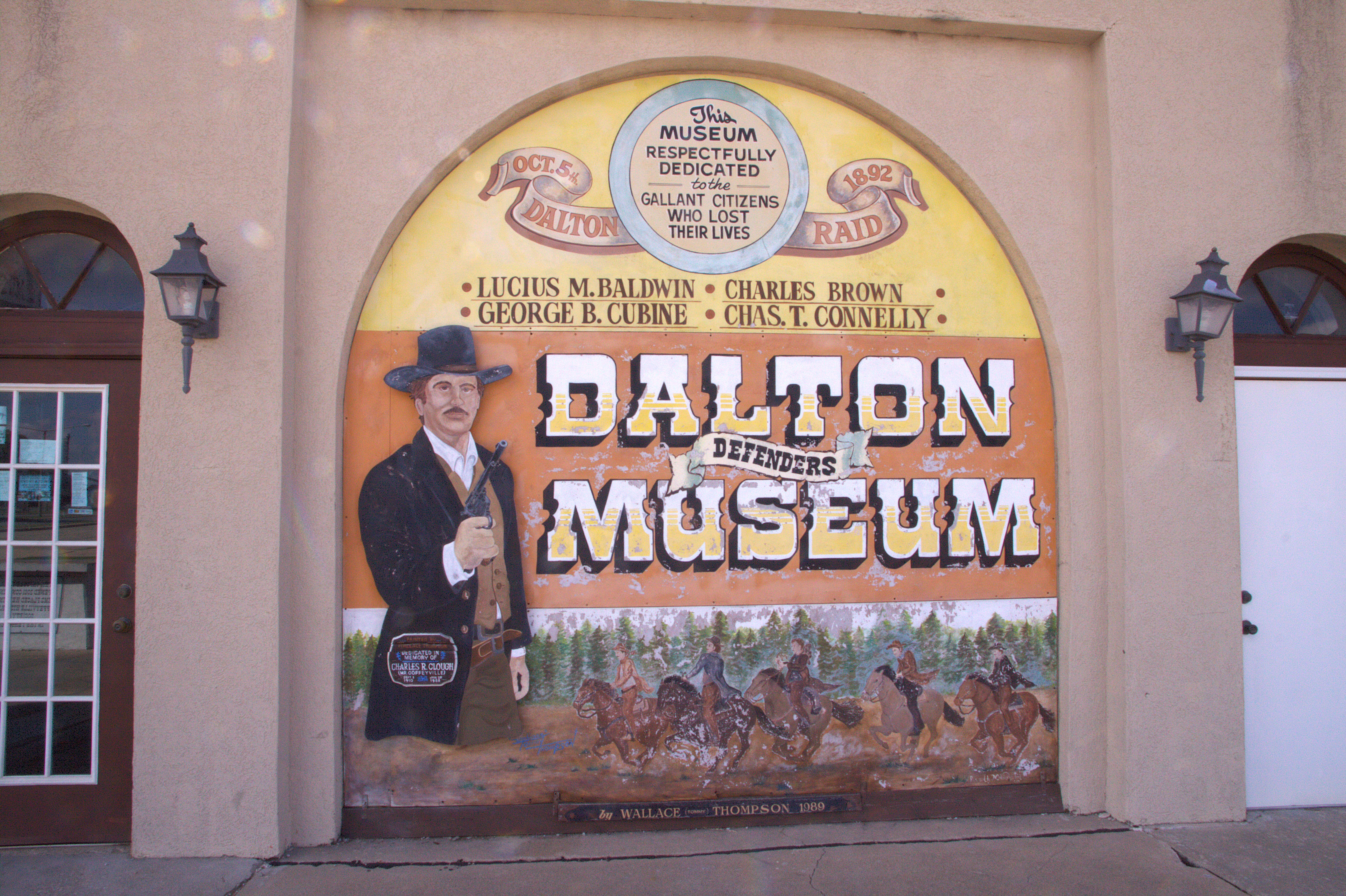
Before entering the alley though is the Dalton Defenders Museum. It is a good size hall, well-spaced out so as not to be overcrowded and the exhibits are well presented. Smaller items are shown within good sized glass covered self-standing display cabinets. There is a glass sided wagon type hearse displaying a coffin inside and another on its roof.
A covered wagon is the main display with a young lady manikin playing a guitar while sat on board the wagon for a Kansas display.
They have a jail here which has manikins of the outlaws fully clothed and laid out with their boots on the floor by their feet, just like with the mural outside of the bank.
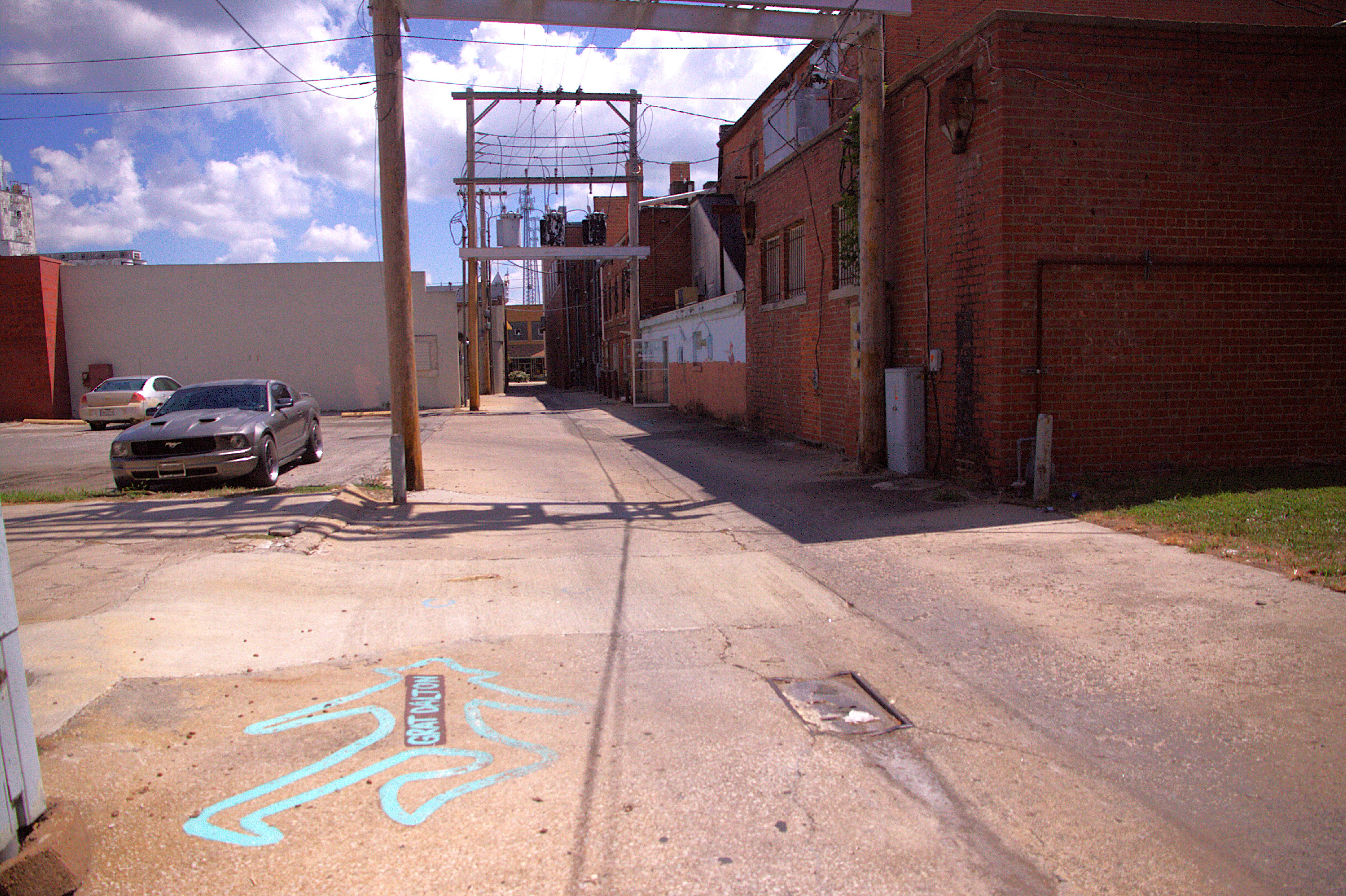
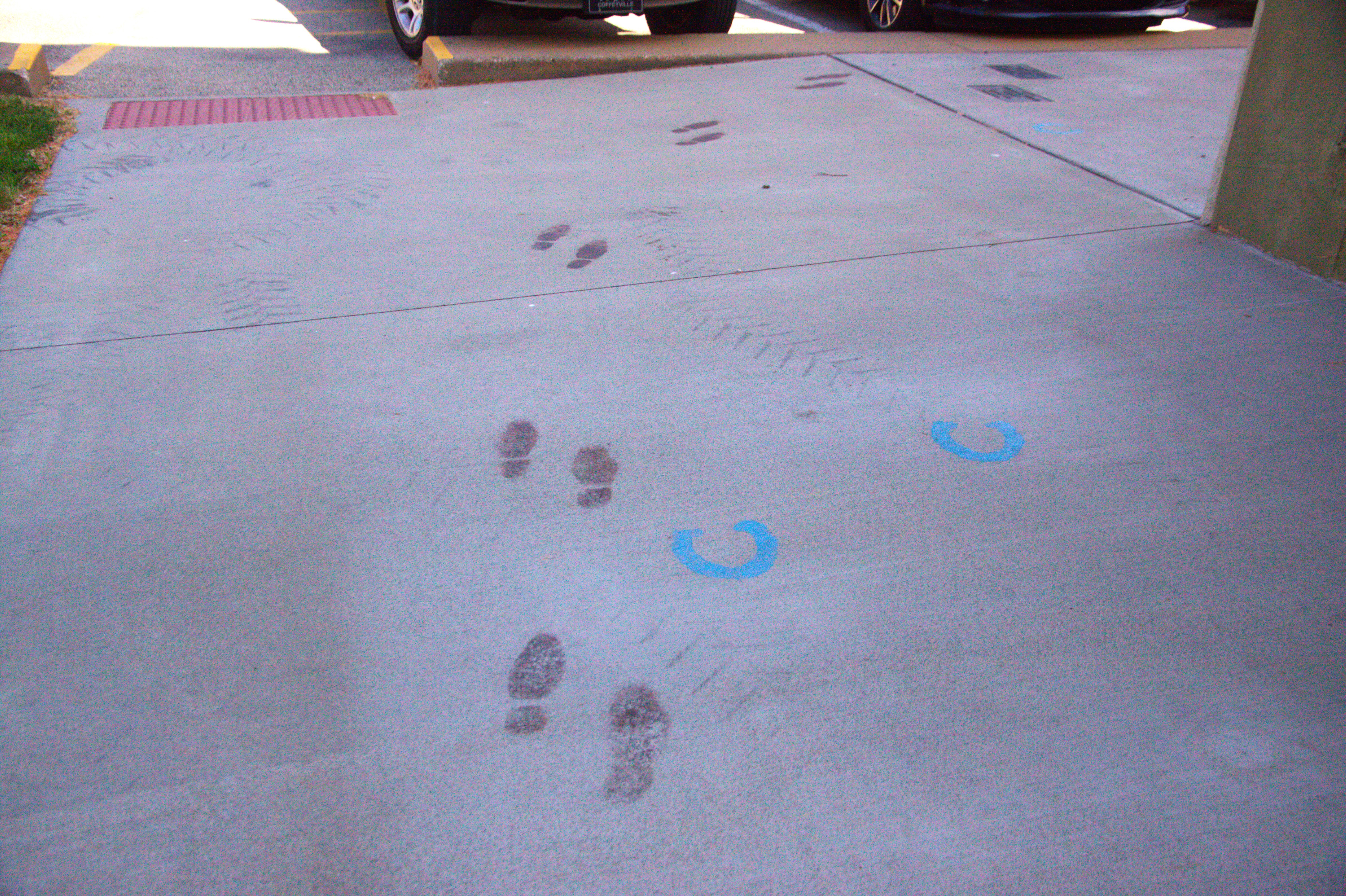
Just alongside the defender’s museum here on the ally floor is the outline (in blue paint) of horseshoes and footprints (brown paint). Grat Daltons body is outlined in blue paint and named where he was gunned down and killed near the old jail, also outlined and named is that of his brother Bob which is close to the entry door of the raider museum. Both were dispatched by local sharpshooter and hero John J. Kloehr
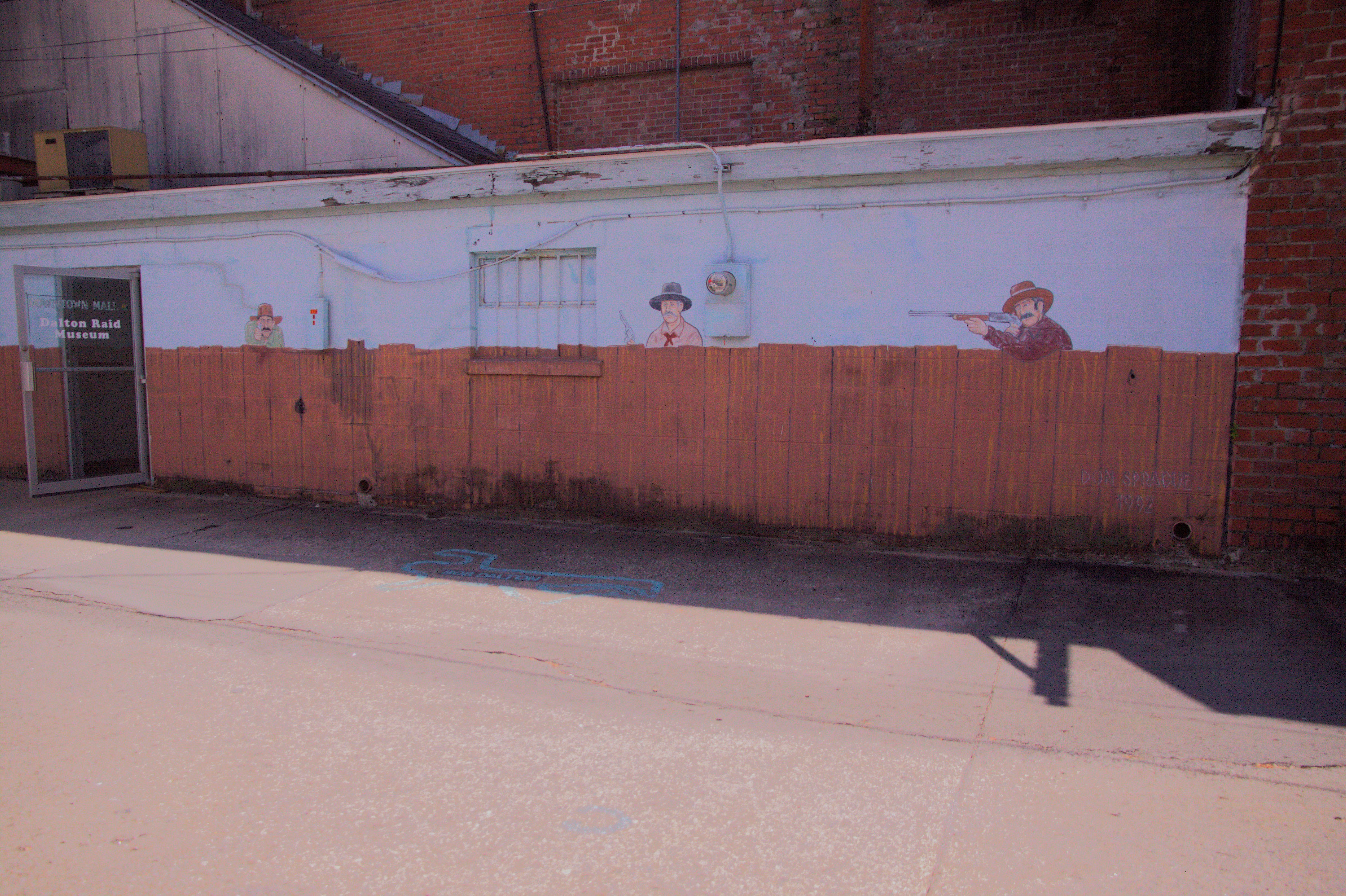
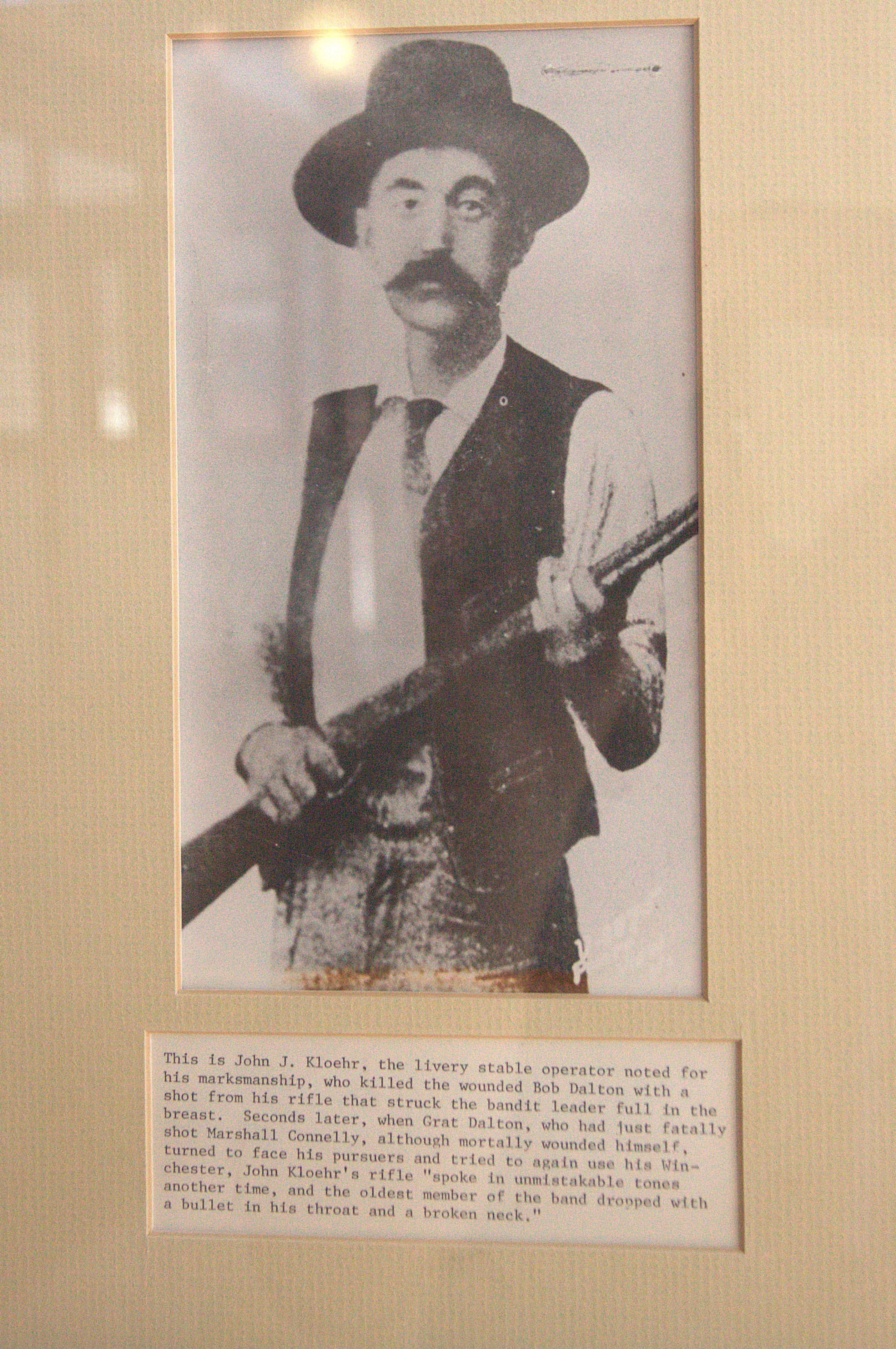
The Dalton Raider Museum which can be located along the alley, displays items from the gangsters such as handguns, rifles, hats, a saddle, and spurs etc
For the citizens that took up arms against the enemy and were murdered there are memorial plates laid out on the sidewalk near where they fell in the fighting just outside the alley.
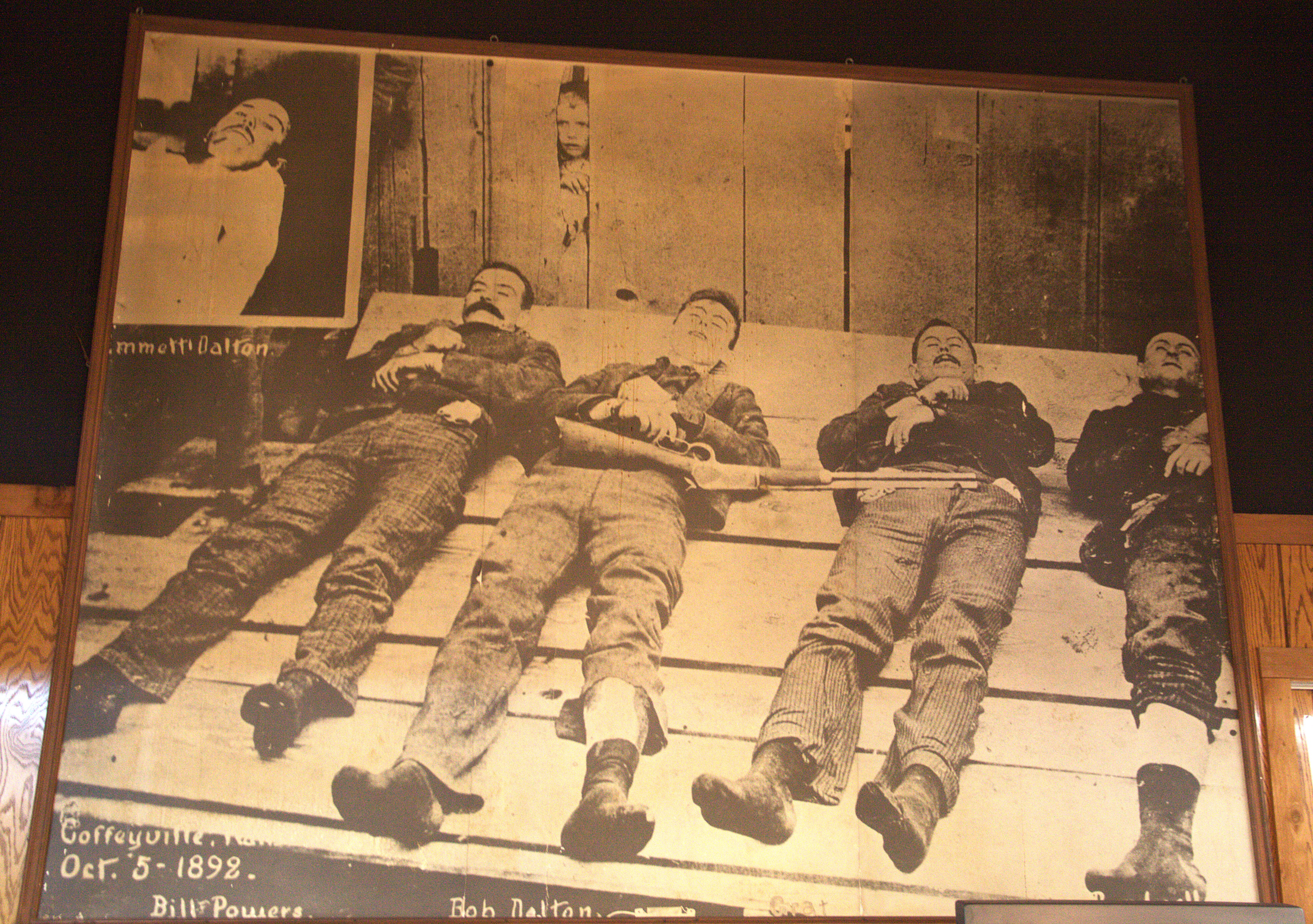
Emmette, the youngest of the Dalton brothers did survive the day despite receiving twenty-three (23) bullet wounds.
The slugs were taken out from his wounds, and he received a life sentence though was released after fourteen Years from Kansas Penitentiary
The traditional act of laying out the dead outlaws is seen in the photo but here at the top left is the surviving Ennette Dalton in white covering, presumably after his surgery

Our visit on 28th August 2017 was well worthwhile and we both thoroughly enjoyed our day here in Coffeyville, being very well preserved and laid out as close as possible to all the original moments from the time the raid took place. (1892)
The Gentleman in the Dalton Raiders Museum was very enthusiastic in showing us the artifacts on show and I learned a great deal about the raid from him.
There are free admissions to the two museums, and it would be appreciated if leaving a donation.
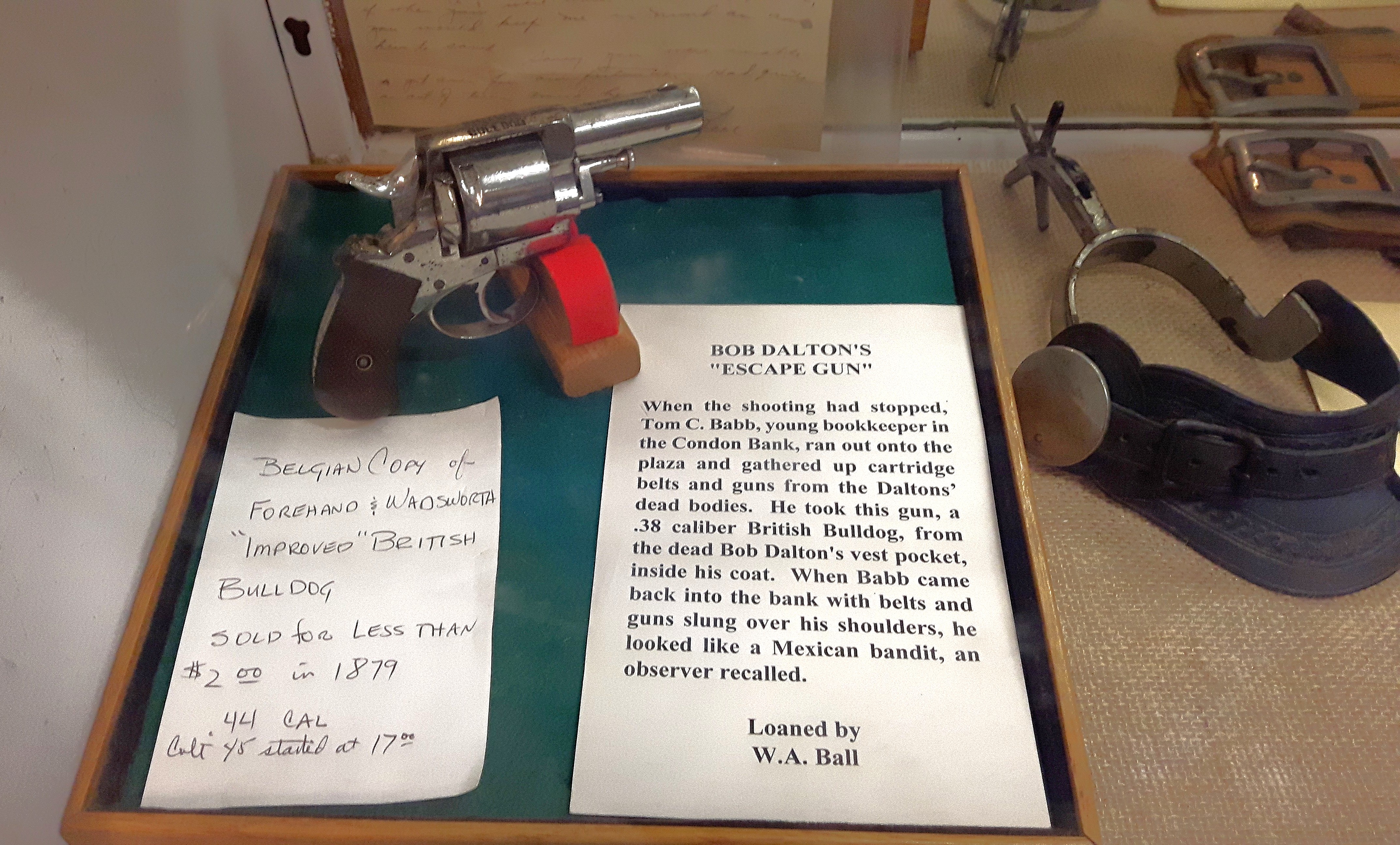
814 S. Walnut St. Coffeyville. KS 67337
Open Hours
Mon to Sat: 10am - 4pm
Sun: 1 - 4pm
Tel… +1620-251-5944
Entry to the old Condon bank is via the side on Walnut St. at the Chamber of Commerce and is free entry
I would suggest checking out any dates and opening times if planning a visit.
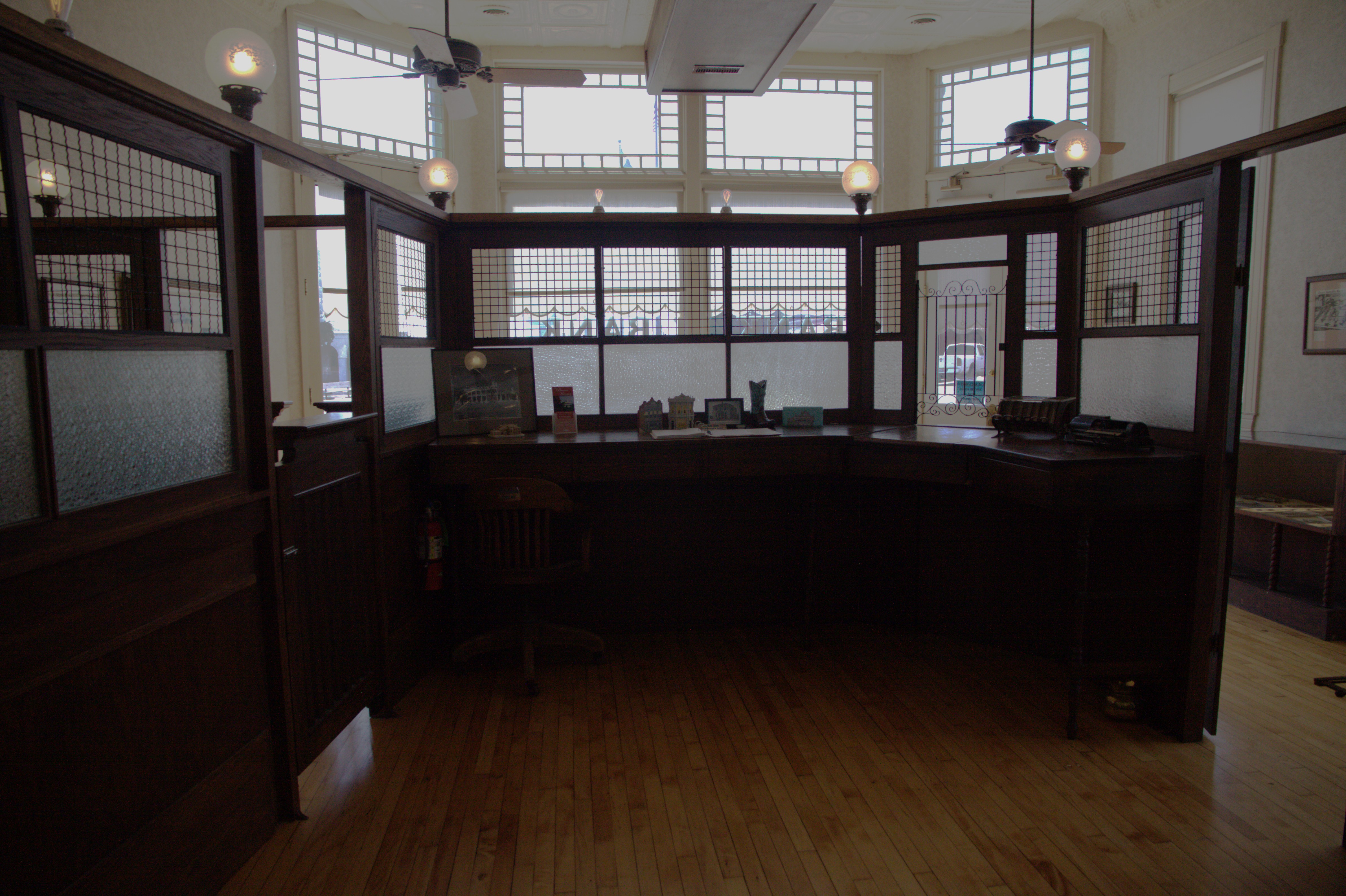
My attempt to get information from the Dalton Museums or the Coffeyville Historical Museum with reference to Wheelchair or Convenience access never got a reply.
There is however a restaurant named Granny J’s just 110 yds from the Dalton Defenders Museum on W. 9th Street that does have both facilities.
I cannot vouch for the food, though google maps users show 5*****
Granny J's Hours:
Open Mon to Friday 8am till 2pm Plus 5 till 9pm Friday Evenings
Closed Weekends
The Dalton Gang's Last Raid, 1892
Visit | Coffeyville Historical Society
* * *

Graham Lovegrove is from Southampton, Hampshire, England and is a retired construction industry worker and an enthusiastic road-tripper. His son-in-law Richard M Jones (a regular contributor to Mainly Museums) suggested he might share his experiences photographing museums and Americana from his vast travels across the USA over the years.